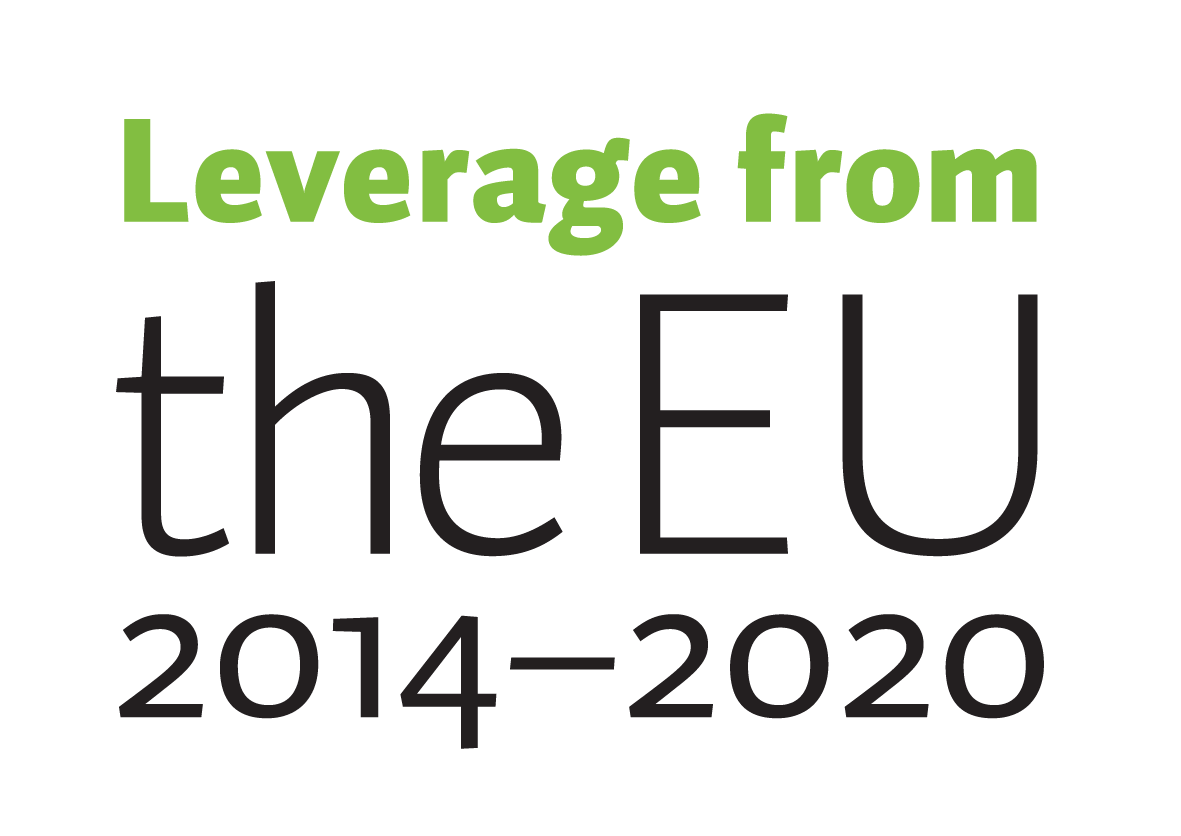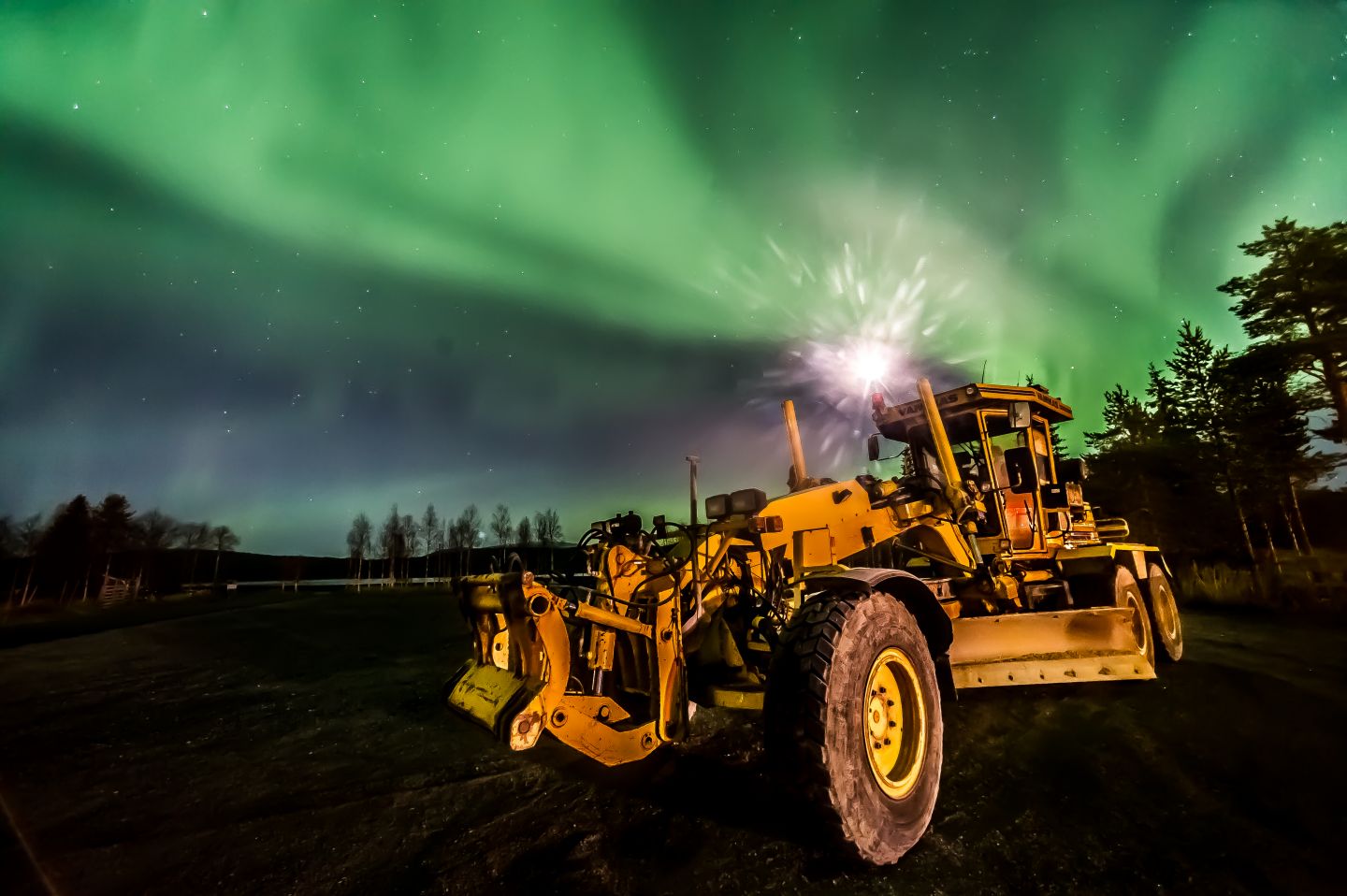Significant investments are underway and being planned in the mining industry, and several major operators in the industry are interested in Lapland. A professor of process and recycling technology thinks that it is important to invest in the sustainability of the mining industry.
Ores found in the Central Lapland greenstone belt include copper, cobalt, phosphorus, nickel, platinum, gold, and chromite, among others. In addition to the three operational mines in Lapland, seven new projects are also being planned, with the planned investments in them totalling over four billion euros.
Finland is also the only European country that has deposits of all the minerals required to manufacture batteries. As Finland also has expertise in technology across the whole production chain, extending from the mining industry to the manufacturing and charging of batteries, Finland is well-equipped to rise to the center of the European battery industry.
Important projects for the regional economy
Professor of process and recycling technology Kari Heiskanen believes that the mining industry’s role in Lapland’s economy may become more significant in the future.
– Mining operations create long-term jobs, both directly and indirectly. They also enable investments in things such as schools and health care. A good example of this is North Karelia before and after Outokumpu. Additionally, the infrastructure required by the mining industry benefits both local inhabitants and tourism, Heiskanen states.
– However, it’s good to keep in mind that after a mineral deposit is found, it can take up to decades before the mine starts to benefit the locals.
Professor Heiskanen wants to highlight the significance of the investments made by existing mines to the regional economy.
– Existing mines are expanding their operations in a significant way, and services related to mines are continuously needed. We have a good chance of increasing this service business further in Lapland, but development is needed.
Finland’s advantages include mineral deposits, infrastructure, access to energy, and skilled labor
Finland is an attractive country for the mining industry for many reasons. Whereas some mines in Canada and Russia primarily have to be maintained by air and water during the short periods of time without ice cover, Lapland has a reasonably good road and rail network. Energy is also available for outlying regions with reasonable investments.
According to Professor Heiskanen, Finland’s high education level, in addition to the functional infrastructure, is another important factor that attracts mining industry operators. In addition to it being difficult to find the type of expertise that Finns possess elsewhere in the world, Finns are also capable of independent work and decision-making.
– This, combined with the good availability of labor, gives Finland a clear edge in this competitive industry.
Water usage plays a key role
The new Finnish Mining Act requires mining companies to operate responsibly and to minimize their impact on the environment. According to Heiskanen, this means making such large investments in water treatment, for example, that very few operators have the financial resources for it.
– The chemicals used in the mining industry are highly toxic, and their treatment is expensive and difficult. In the future, this will keep small operators out of Lapland.
A large-scale EU project is currently being conducted in Finland to study ways to recycle water without releasing a single liter of water back into nature. This method is expensive in terms of technology. Heiskanen hopes for more Finnish research on the subject.
– Finland has broad expertise in this industry. If we want to support the mining industry, we should invest more money in research.
Another issue that needs to be resolved is a way to establish mines near Natura areas without causing impacts that would jeopardize the Natura values.
– These issues lengthen the permit process, which is a good thing. The mining industry can’t grow at the expense of Lapland’s nature and other industries, such as reindeer husbandry and tourism. The environmental impacts of a mine are long-lasting or permanent, which is why permit processes must be carried out with due care, taking all parties into account. But when mining companies find the solution to these issues, there will be enough deposits to mine in Finnish soil. From the perspective of the future of Lapland, it would be excellent if more resources were allocated to the permit authorities.
Lapland has room for the mining industry and tourism
Interesting geological structures are also often found in the same places as ecological structures. Many deposits are found in or near Natura areas.
The fact that many of the deposits in Lapland are located near fells and tourism has given rise to valid concerns about the detrimental impacts of the mining industry to local nature and other industries.
However, Heiskanen believes that Lapland is big enough for both the mining industry and tourism.
– A mine doesn’t have to be located all that far away from a tourist resort before it no longer causes harm. It even supports tourism. For example, Levi is located 40 km away from the Kittilä mine, which means that the mine actually supports tourism in Levi through the development of infrastructure and purchasing power. We should also keep in mind that just like the mining industry, tourism won’t grow without leaving a carbon footprint – this is affected by flights, for example.
Utilizing new technology
Arctic nature offers both opportunities and challenges. The cold climate sets requirements for technology, as not all the solutions used further down south necessarily work the same in an Arctic environment.
Operators want to develop Lapland sustainably, utilizing the latest technology and with respect for nature. As a good example of this, Heiskanen mentions the Sakatti mine in Viiankiaapa, Sodankylä, where the mining company is planning to quarry underground, through a long tunnel. According to Heiskanen, this type of mining technique is very challenging, but it may work if water is prevented from entering the mine from Viankiaapa, for example.
– Of course, an underground mine is a better option than an open quarry from a scenic point of view, and it’s also safer. However, the deposits must be very substantial in order for an underground mine to be economically viable.
According to Heiskanen, Sakatti has a world-class ore deposit.
The new Mining Act has introduced significant improvements
In Heiskanen’s opinion, the most important factor for a sustainable mining industry is the new Mining Act, which came into force roughly ten years ago. For the time being, it has only been applied to the exploration permit phase and not to mining permits.
– New projects comply with the new act, and it’s a significant improvement for the Finnish mining industry. In order for the act to be effective, permit applications must, of course, be examined with a sufficiently critical and expert eye.
The criteria set out in the act for a permit include the environment, reconciliation of different industries, and hearing the parties concerned, among other things. Impediments to getting a mining permit in the new act include e.g., “significant detrimental environmental impacts and a substantial weakening of the living conditions and industrial conditions of the locality” if they cannot be remedied through permit regulations. The old act did not include such impediments to getting a permit.
An exploration permit is limited to a period of four years, unlike in the previous act, which allowed rights to be sold freely in the event of a bankruptcy, for example.
According to the new act, exploration and mining permits are granted by Tukes. The municipality must be heard with regard to land use planning. The Regional State Administrative Agency grants environmental and water permits, while the Centre for Economic Development, Transport and the Environment monitors the realization of the conditions.
– With the new act, Terrafame has also become the first project that has considerable security deposits. This was not the case for Talvivaara, for example. At the time, the government was forced to pay, as halting the project would have cost EUR 300–500 million, Heiskanen points out.
Major international operators are needed
Almost all the mining companies operating in Lapland are currently foreign. This has been criticized, and people have called for stricter laws and for the mining industry to provide a greater benefit to Finland itself.
According to Professor Heiskanen, there is a reason for international operators.
– Starting a new mine is very expensive, and the risks are enormous. Even a mine that isn’t particularly large can already require an investment of a billion euros. There simply aren’t any operators in Finland that would have sufficient funds and expertise for such a risky business.
Without a financial incentive, mining activity would completely disappear from Finland. In Heiskanen’s opinion, this does not feel like a good solution either. International operators stimulate the economy of Lapland and the whole country as well as the university world, for example.
Reconciling sustainability and profitability
In order for Finland to benefit more from the minerals in its own soil, various taxation models have been considered for mines. Heiskanen does not believe that a tax would drive operators away, but neither does he believe that taxes would yield any significant benefits.
– A higher tax reduces a mine’s profits, which reduces the mine’s life span. In the end, the amount of income earned by the municipality from the tax would be pretty much zero. In my opinion, it would be better to encourage mines to commit to supporting the local economy. The region should also be able to benefit from the mine after the mining operations end.
Raising the price of energy and imposing a waste fee would probably drive any serious operators away.
– Energy is one of the largest cost items for mines, and even small changes have a major impact on the operating margin. Of the existing mines in Finland, Kemi would perhaps be the only mine to be able to cope with even a slight increase in the waste fee.
According to Heiskanen, the mining industry should be provided with adequate conditions, but only economically viable projects should be supported. This would ensure that the companies operating in Finland have sufficient resources to take nature and other local industries into account in their planning and operations.
– There is no need for us to let others use the deposits on terms that are too lax. Citizens must be able to feel that when a mine is built, all the risks are strictly under control.
– Sustainable mining industry benefits all of Finland and Lapland in particular.



